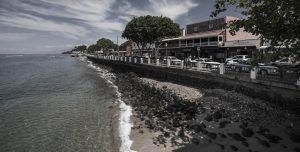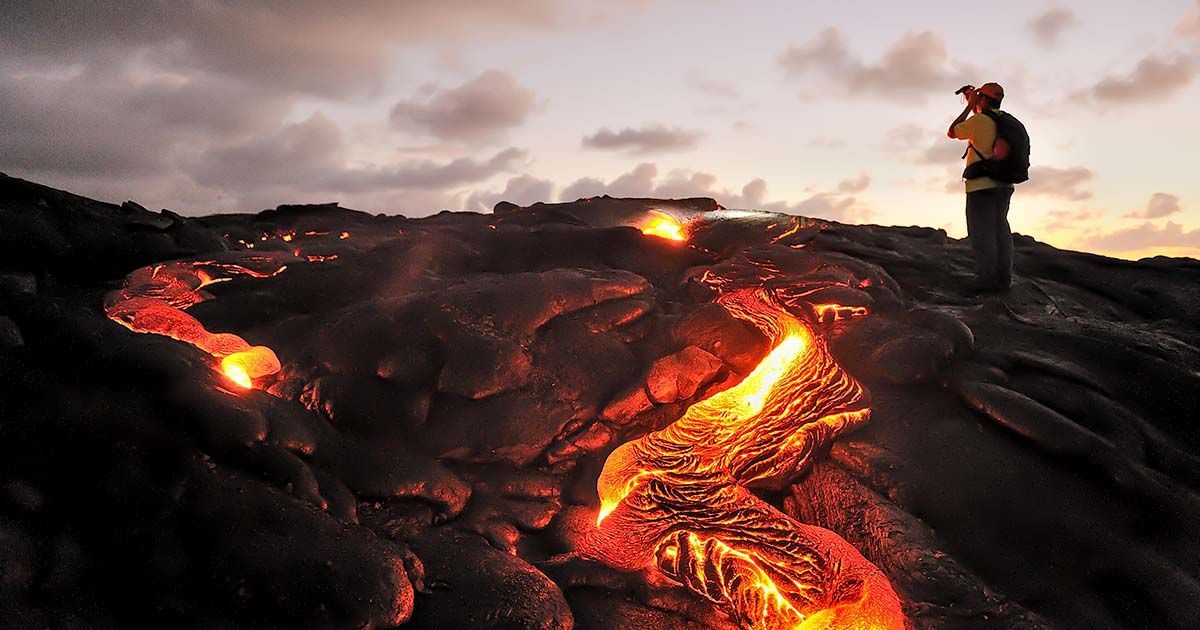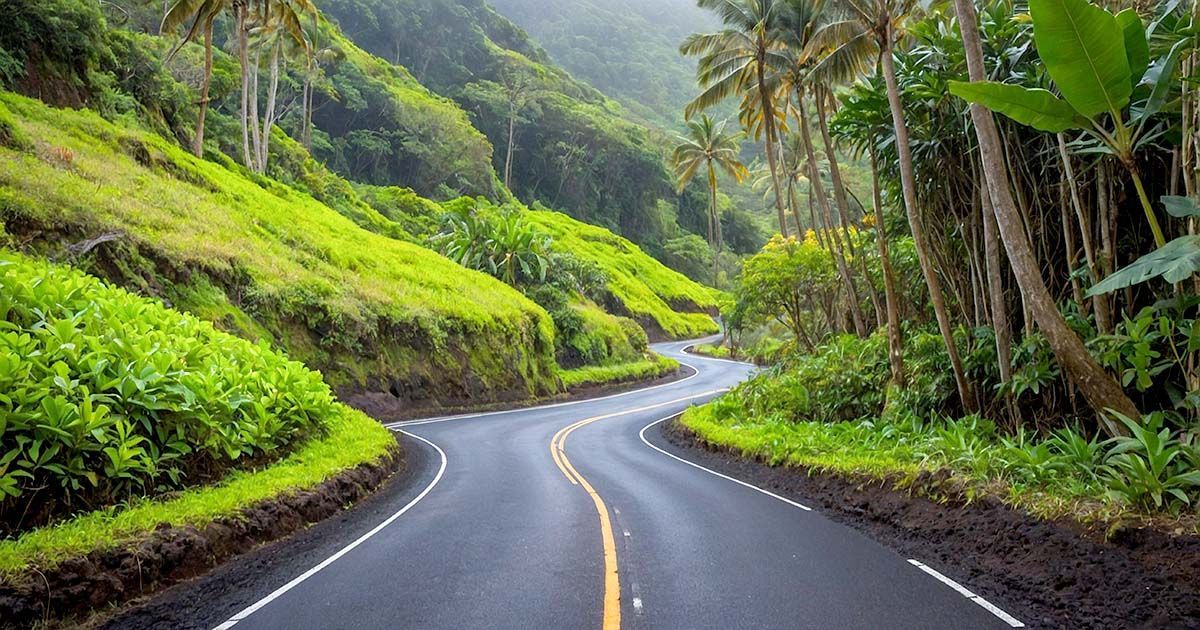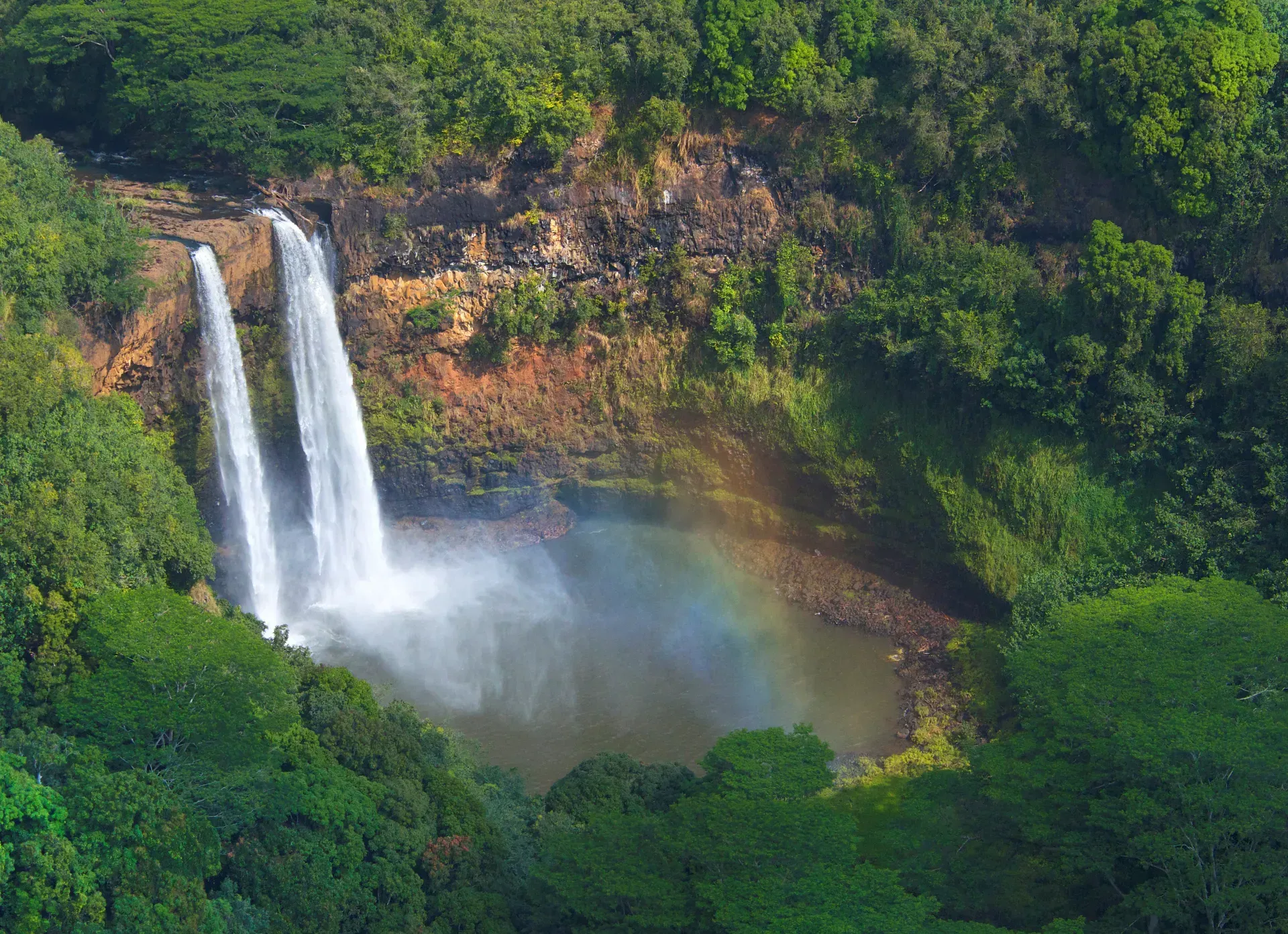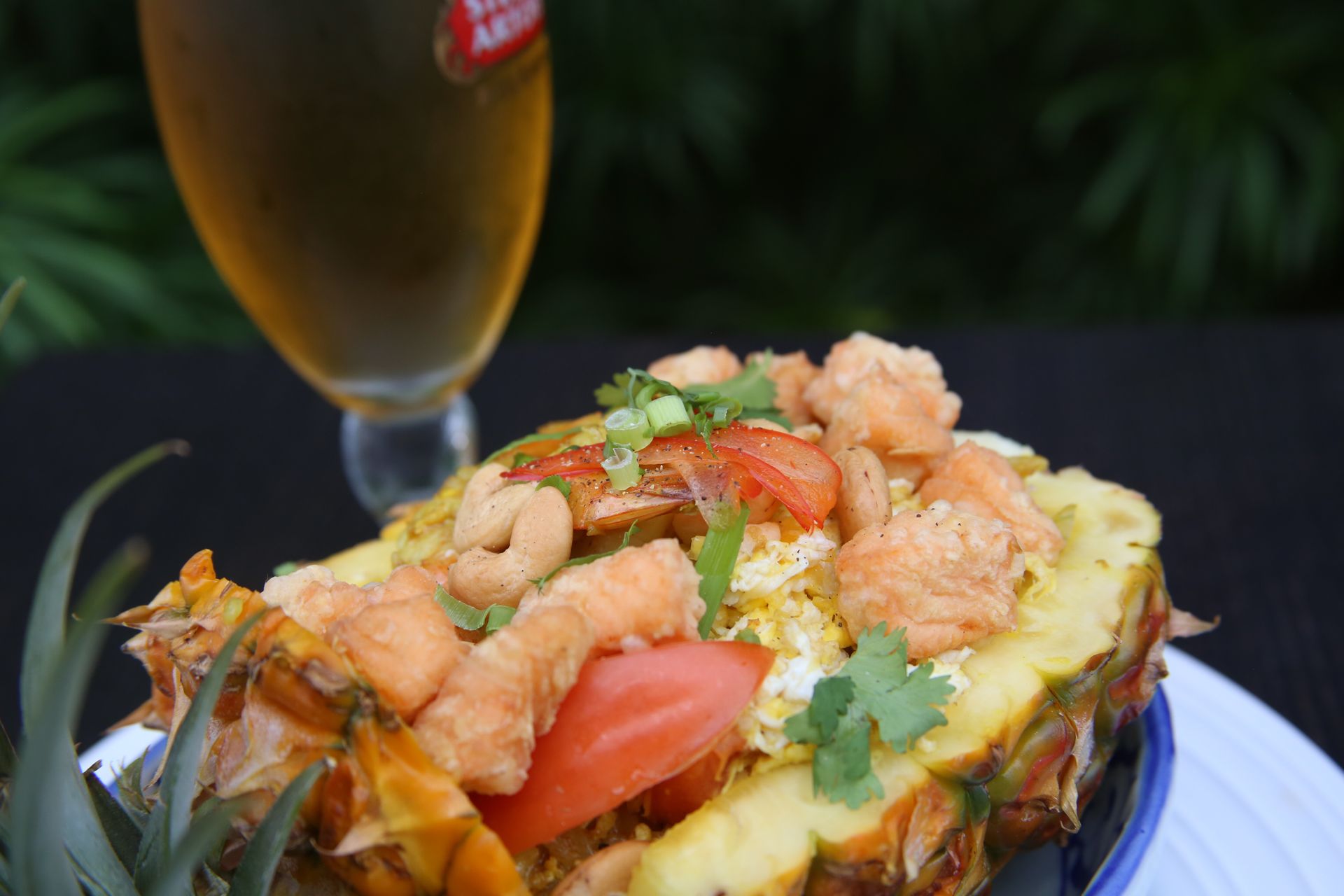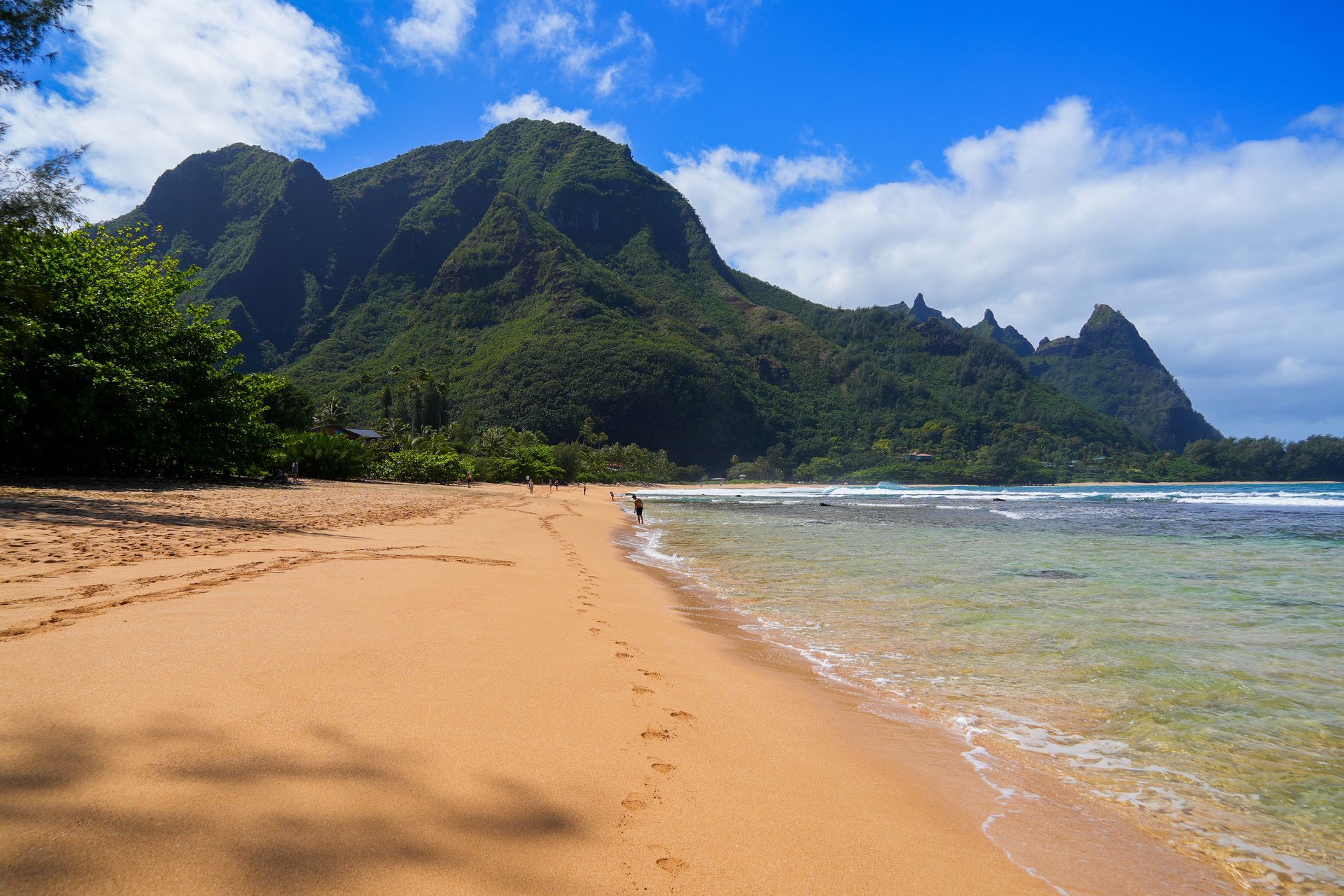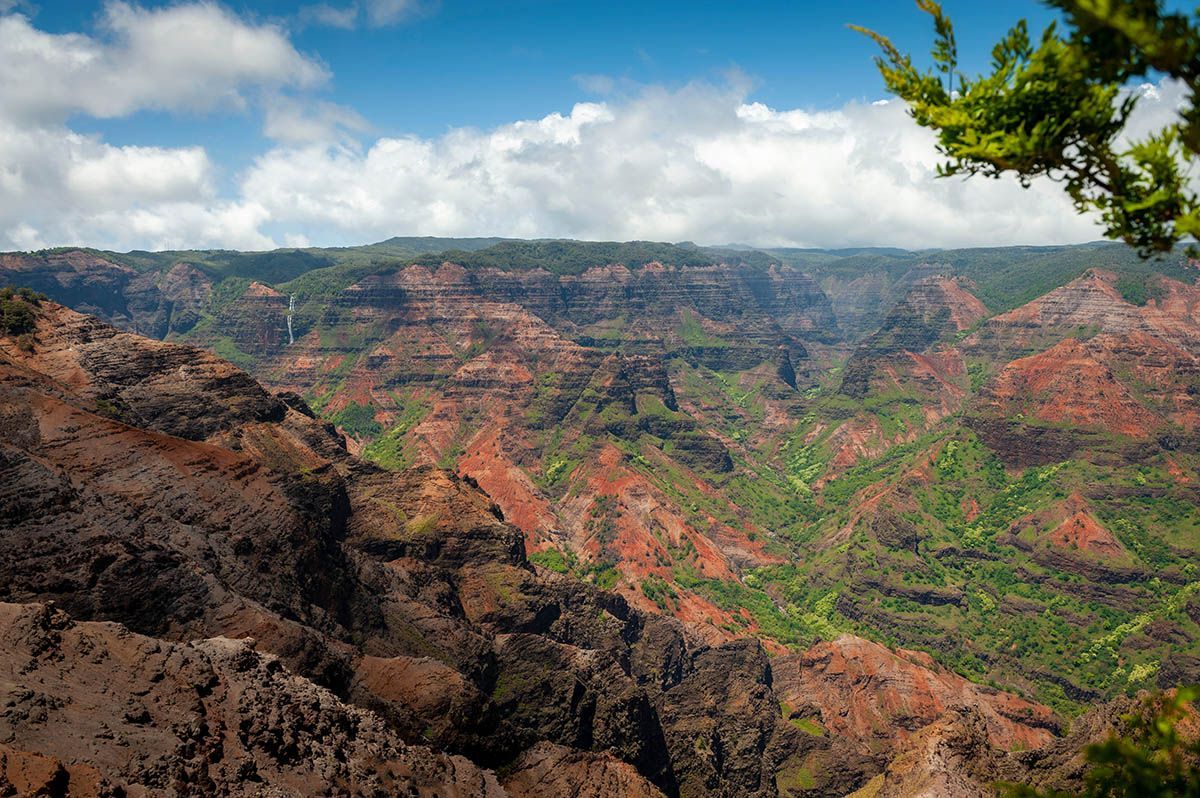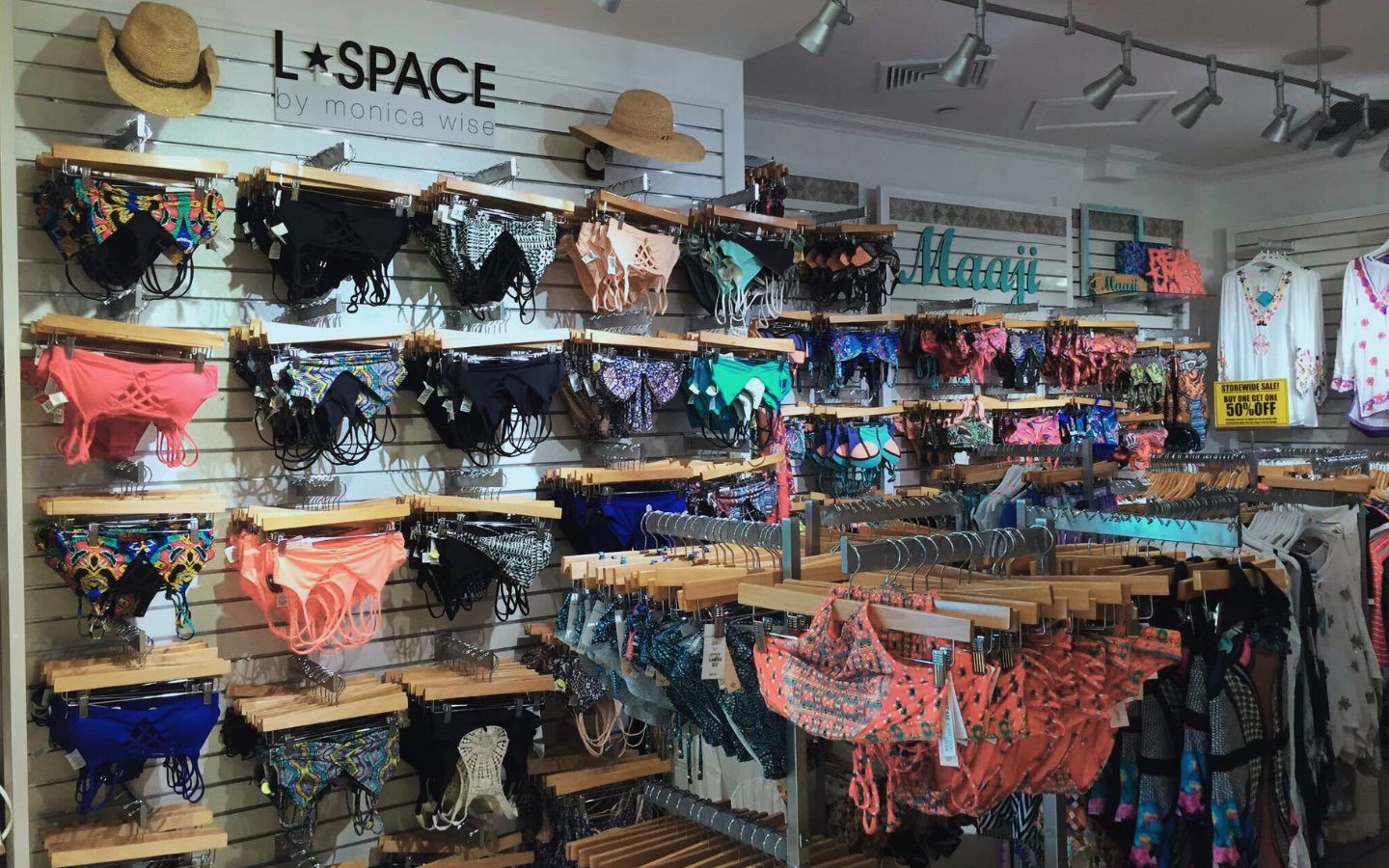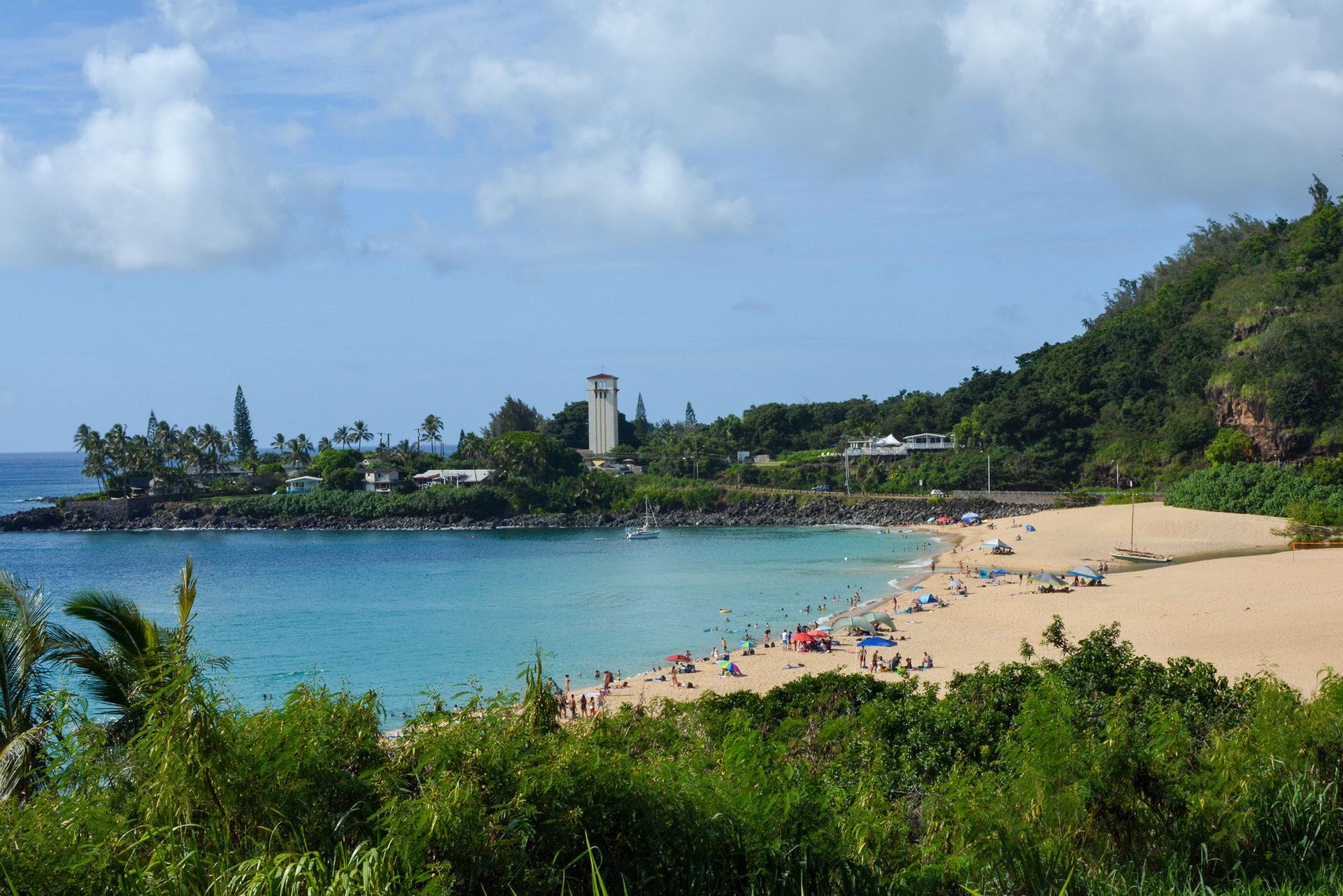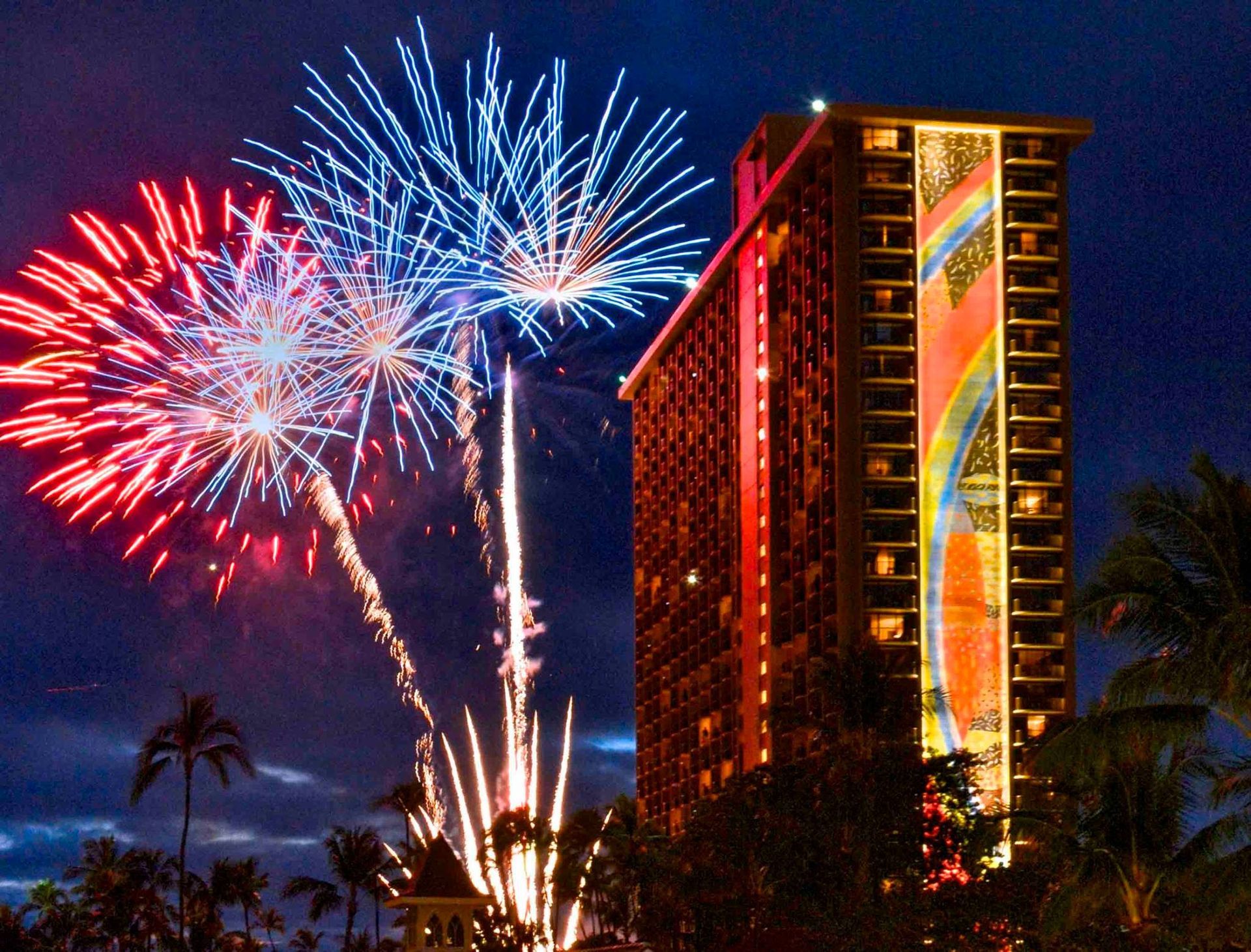Pristine Spaces: The Natural Wonders of the Big Island of Hawai‘i
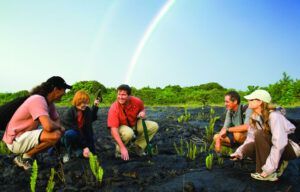
Hawai‘i Island is a true nature lover’s paradise. Wide open spaces, ancient rainforests, historic trails, unspoiled bays and culturally significant sites dot the entire island. These are just a handful of these fragile places, but explore slowly and open up to connect with the outside.
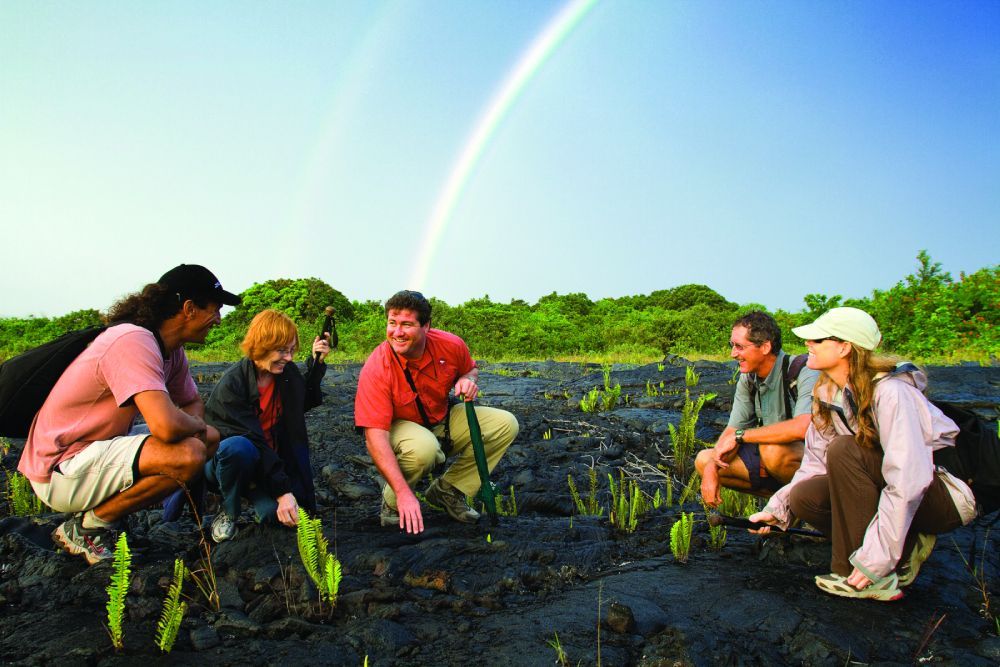
Kealakekua Bay State Historical Park is also a Marine Life Conservation District located in South Kona. Rich in history and Hawaiian culture, it’s the site where Captain James Cook first stepped onto Hawai‘i Island in 1779.
Kealakekua Bay covers 315 acres from Palemano Point to Captain Point. It’s the largest sheltered natural bay on the island, and is home to a vibrant community of coral reefs, schools of colorful fish and a pod of Spinner dolphins that frequents the bay to rest during daylight hours.
Nāpō‘opo‘o Beach, Nāpō‘opo‘o Wharf, Hikiau Heiau and Ka‘awaloa Road located in the 180 acres surrounding the bay has a history that reaches as far back as the 1800s. The area was designated a historical park in 1967, and listed on the National Register of Historic Places in 1971.
You can experience Kealakekua Bay with an organized boat tour or make your way down to the Captain Cook Monument via a moderately strenuous trail that’s less than five miles roundtrip. Nāpō‘opo‘o Beach, across the way, is a historical gem with a rocky, but walkable shoreline. There are no lifeguards; amenities include restrooms, showers and tables.
The 175-mile-long Ala Kahakai National Historic Trail was established in 2000 to protect and preserve traditional Native Hawaiian culture and natural resources. Its route runs along the rocky western coastline over trails used by ancient fishermen and historical Hawaiian Kingdom roads, and passes through public and private lands.
Not yet a continuous trail, the section of it that falls under the jurisdiction of the Hawai‘i State Na Ala Hele program is open to the public. This portion of the trail is located between Pu‘ukoholā Heiau National Historic Site and ‘Anaeho‘omalu Bay. nps.gov/alka.
Starting at sea level and rising to 7,000 feet in elevation where it passes between Mauna Kea and Mauna Loa, the Coast-to-Coast Birding Trail stretches from Keāhole Point (managed by the Natural Energy Laboratory of Hawai‘i) to the west side to a coastal wetland known as Loko Waka Pond located on private property (no trespassing!) on the eastern shoreline. It’s made up of 18 public paths connected to create a 90-mile-long trail with some spots only accessible by a 4×4 vehicle. It would take at least a week to traverse and fully enjoy.
Some of the endangered native birds you may encounter include the ‘amakihi, ‘ōmao, Hawai‘i ‘elepaio, ‘apapane, ‘i‘iwi, Hawaiian hawk, the short-eared owl (pueo) and nēnē (Hawaiian goose). Visit the website of Hawaii Birding Trails for more about the birds you may encounter on your trek..
Husband and wife team, Rob and Cindy Pacheco, own Hawaii Forest & Trail. It’s Rob who helped to envision and complete the Coast-to-Coast Birding Trail. It’s also his wealth of knowledge, respect for the natural resources and exclusive contacts with private property owners that informs the many tours the company provides.
After arriving on the Big Island in 1990 to take a job as a beekeeper, the Northern California native didn’t know he’d be settling here for good. “First, I met my wife in Kona,” he explains. “Then on a Friday night after work I parked my Dodge Aspen station wagon off the Saddle Road to explore the forest. I got lost. I hiked to a fence line, found a road, and 40 minutes later a pick-up truck pulls up and the driver asks, ‘What are you doing on my property?’”
It was the proverbial lucky break. The property owner, Freddy Nobriga, was the first person to allow Pacheco to conduct hiking tours on private property.
“I believe that a lot of our success was good fortune, meeting the right people, starting at the right time,” says Pacheco. “It’s a great privilege to be able to share Hawai‘i’s nature. That privilege comes with a responsibility to care for the island. Hawai‘i really is one of the wonderlands of the world. The diversity for such a small place is striking. Brazil, for example, has 27 of the world’s life zones based on the Holdridge classification. Hawai‘i, with a tiny fraction of Brazil’s landmass, has 25 life zones!”
Hawaii Forest & Trail offers 15 different tours for people seeking authentic and in-depth adventures with highly knowledgeable interpretive guides. From waterfalls to birdwatching and volcanoes to ziplines and hikes, you’ll discover unspoiled parts of the Big Island that few ever venture to.
“Our job is to tell Hawai‘i’s natural history story,” says Pacheco. “To make people love what we love. If we do that, we’ll play a small role in helping to care for this amazing place.”
In addition, we’d like to ask that you leave plants and natural objects as you found them, and do not disturb or disrupt the natural behavior of wildlife. Mahalo for your kokua (assistance)!
[A version of this article appers in print in the pages of This Week Big Island]
